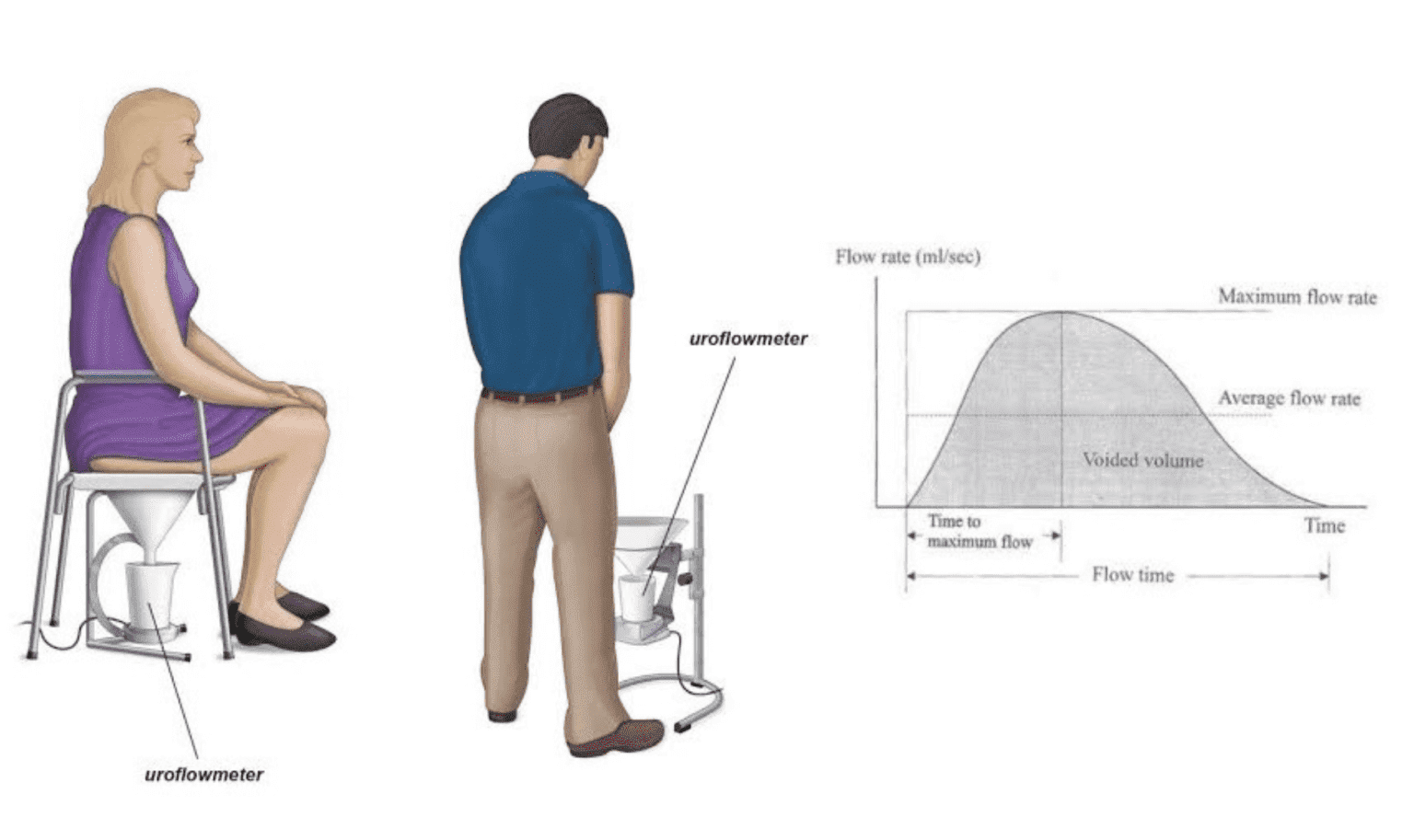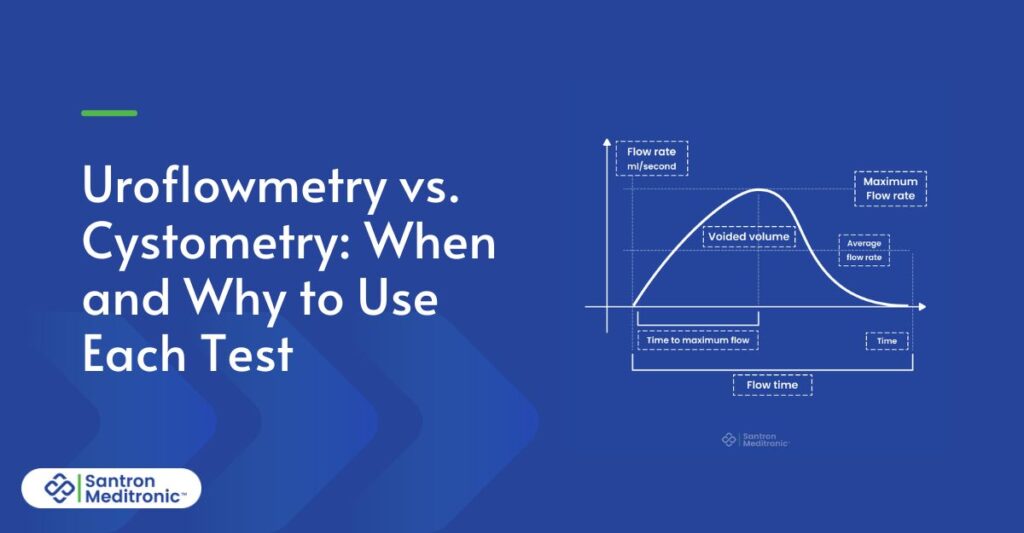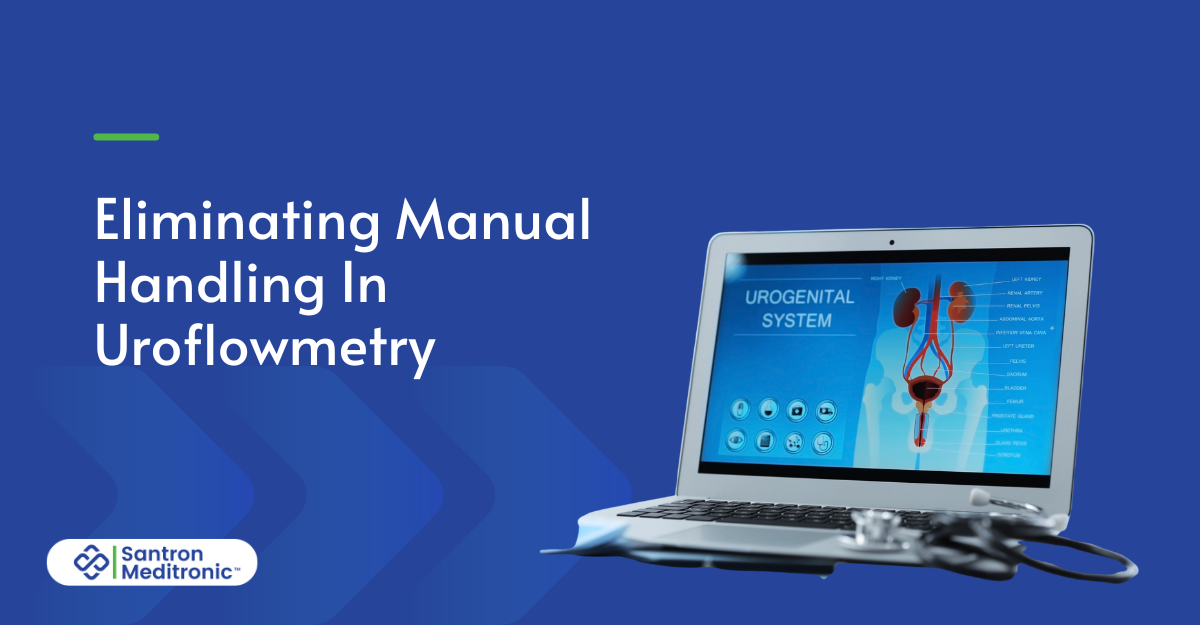Bladder issues are fairly common. When it comes to diagnosing issues with bladder function, two tests come into play: uroflowmetry and cystometry.
While both tests assess bladder function, they serve different purposes and offer different insights into how your bladder works. Uroflowmetry measures the speed and volume of urine flow, while cystometry evaluates the bladder pressure and capacity. Knowing when and why to use each test can help patients and doctors better understand urinary problems and find effective relief.
In this blog, we will discuss uroflowmetry vs. cystometry and explain how they can help address various bladder issues. Let’s begin.
Introduction to Urodynamic Testing
Urodynamic testing includes an array of bladder function tests that help to diagnose issues with your bladder, urethra, and urinary sphincter.
Two common types of urodynamic tests are uroflowmetry and cystometry.
Both tests provide valuable information to doctors to diagnose conditions such as urinary blockages, incontinence, weak bladder muscles, etc. By evaluating how your bladder functions, these tests can help identify the best treatment to fix or manage the problem. Let’s learn about the two tests in detail below.
What is Uroflowmetry?
Also known as a uroflow test, uroflowmetry is one of the most crucial urology diagnostic tests that measure the speed and flow of urine. It is a non-invasive test that helps doctors understand how fast urine is released, how much comes out, and whether blockages affect the flow.
Procedure:

Image: Source
Uroflowmetry is a simple test. The patient has to urinate into a special device (a funnel or toilet) connected to a machine that records the urine flow rate, time, and volume.
What is Cystometry?
Cystometry is a more detailed urological test that evaluates how well the bladder is functioning by measuring bladder pressure and its ability to store and release urine. The test helps doctors understand how much pressure builds up as the bladder fills and how the bladder muscles respond.
Procedure:

Image: Source
A small tube called the catheter is inserted into the bladder through the urethra. The catheter then fills the bladder with sterile water. As the bladder fills, the doctor monitors its capacity, pressure, and any involuntary contractions.
Uroflowmetry vs. Cystometry: Key Differences
Now, let’s look at the most notable differences between uroflowmetry and cystometry:
1. Purpose
The purpose of the uroflowmetry test is to measure how urine flows from the bladder. It helps identify issues with urine flow, such as a slow stream or blockages. This test is useful for diagnosing conditions like an enlarged prostate or urinary tract obstructions.
Cystometry, on the other hand, measures bladder pressure and capacity. This test is key for diagnosing more complex conditions, such as overactive bladder or incontinence.
2. Procedure
Uroflowmetry is simple and non-invasive. The patient only needs to urinate into a special device measuring urine flow rate.
On the other hand, cystometry is more detailed and involves inserting a catheter into the bladder. It is more invasive than a simple uroflow test.
3. Outcome
Uroflowmetry provides information about the flow rate of urine, showing how fast or slow the urine is released and whether there is any interruption in flow.
Cystometry provides detailed data on bladder pressure and capacity, helping assess how well the bladder is functioning under different conditions, such as filling and emptying.
When to Use Uroflowmetry?
Uroflowmetry is often used to conduct an initial assessment of urinary issues. It is a useful starting point if a patient reports a weak urine stream, difficulty starting or stopping urination, or feeling like the bladder isn’t fully emptying. It helps identify whether there’s a blockage or abnormality in urine flow.
It’s also helpful in monitoring ongoing bladder problems like an enlarged prostate (BPH) without needing invasive procedures.
When to Use Cystometry?
Cystometry procedure benefits patients who are facing complex bladder issues. It can help diagnose more serious problems like frequent urination, painful urination, or bladder control issues.
Also, if someone has trouble holding urine or experiences frequent leaks, cystometry helps determine whether the problem is due to muscle or nerve issues.
Conclusion
Uroflowmetry and cystometry are valuable tests for diagnosing bladder dysfunction. Together, these tests give doctors the information they need to identify the cause of urinary issues and recommend effective treatments.
The experts at Santron Meditronic can help you learn more about the two urological tests and determine the best course of action.








